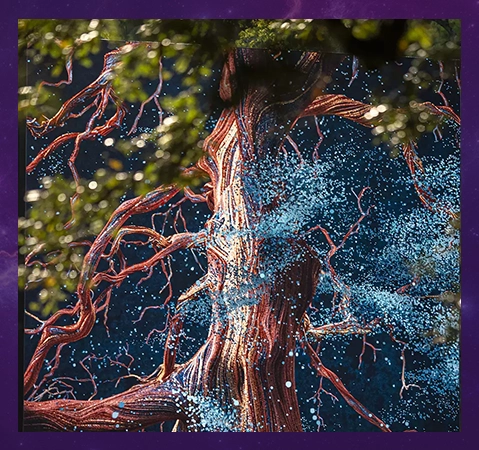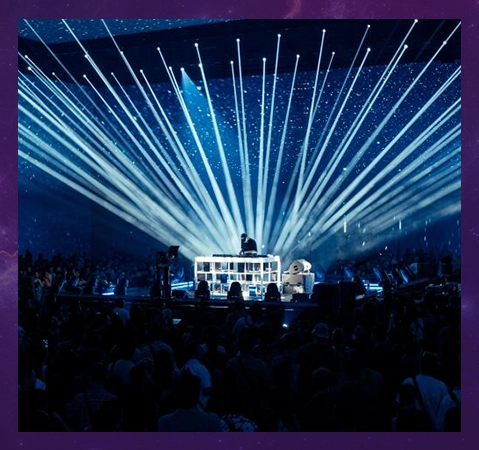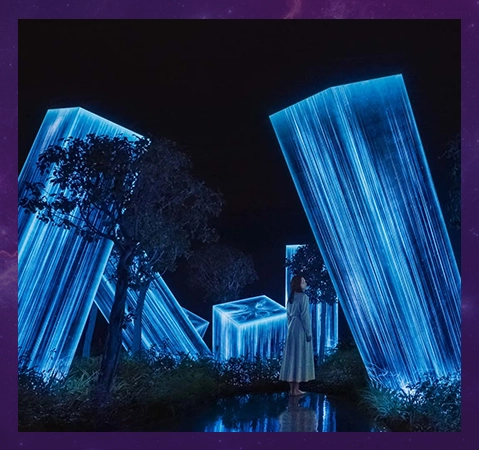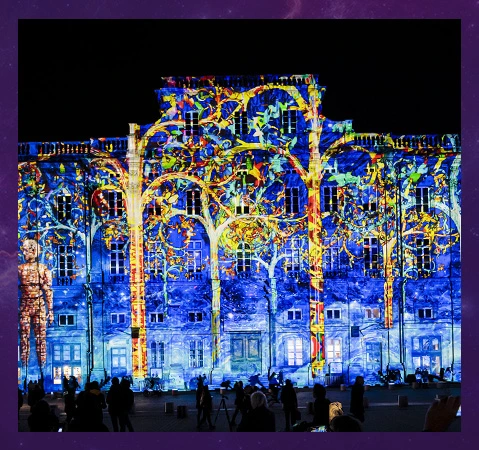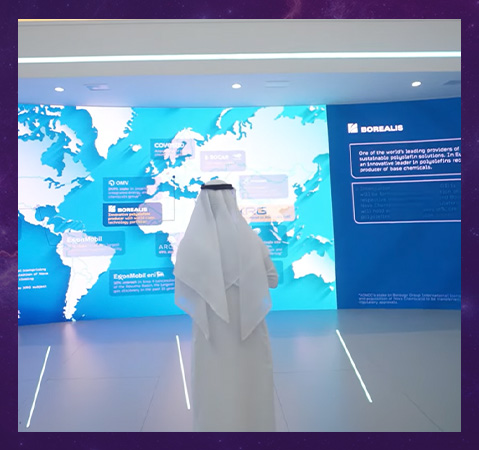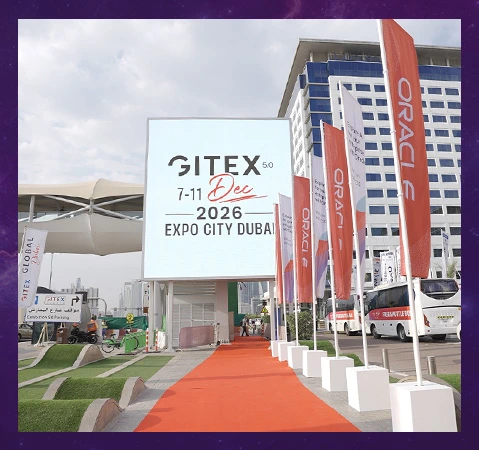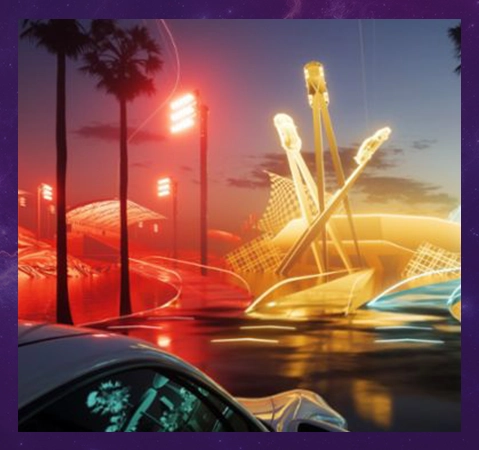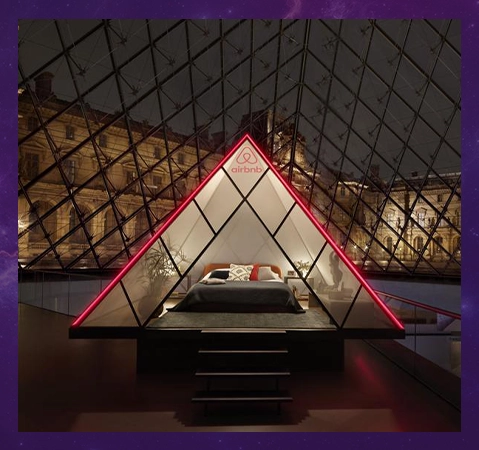
Immersive Kinetics: A New Frontier in Interactive Art and Design
share

Summary
Immersive kinetics merges motion, technology, and sensory experiences to create dynamic and interactive installations that engage audiences across art, branding, education, corporate events, gaming, and therapy. By combining kinetic art with immersive techniques, these experiences are responsive, memorable, and push the boundaries of interactive art and design.
Table of Contents
What Exactly is Immersive Kinetics?
Important Elements of Immersive Kinetics
Different Types of Immersive Kinetics
Immersive Kinetics: A Versatile Tool for Engaging Audiences
What Exactly is Immersive Kinetics?
Immersive Kinetics is a discipline that combines immersive experiences with kinetic art or motion-based technologies to provide dynamic and captivating encounters. It entails actively stimulating the senses and fostering a profound sense of immersion in a given environment. Kinetics, in contrast, pertains to the study of motion and movement, encompassing artworks that incorporate moving components propelled by natural forces, mechanical systems, or interactive input from observers.
Within the realm of technology, kinetic elements frequently encompass motion sensors, robots, or other technologies that generate or react to movement. Immersive Kinetics can be utilized in diverse contexts, including interactive art installations, theater or performance art, virtual reality, and interactive exhibitions.
In the context of digital twins, immersive kinetics refers to the production of a realistic and interactive virtual copy of a physical object or environment. Several fields, including engineering, education, and urban planning, find use for this technology.
Important Elements of Immersive Kinetics

Immersive Kinetics is a distinct art form that combines art, technology, and human involvement to create dynamic and compelling experiences. It is based on three fundamental elements: motion, technology, and sensory experience.
Motion is essential for creating dynamic experiences, attracting attention, and eliciting emotions. Interactive features allow people to physically influence the exhibit, instilling a sense of agency and control. Choreographed movements can communicate stories, elicit emotions, or generate rhythm and harmony.
Example: The world's largest Kinetic art sculpture: The Pearl by Breakfast new media art studio
Immersive kinetic installations rely heavily on technology, with sensors detecting user input and environmental factors. Actuators regulate the movement of mechanical components, whereas projection mapping produces amazing visuals. Haptic feedback enriches the physical experience and immerses users in the exhibit.
Another important aspect is sensory experience, which involves using several senses to produce memorable and influential experiences. Captivating imagery, sound design, and music heighten the emotional impact. Tactile feedback enables physical contact, promoting connection and empowerment. In some circumstances, fragrances can improve the sensory experience. These aspects combine to produce unforgettable and compelling experiences that cross the boundaries of art and technology.
Different Types of Immersive Kinetics
Immersive kinetics comprises a diverse set of technologies that generate dynamic and engaging experiences. Here are some of the main types:
Interactive sculptures have revolutionized the conventional concept of art. These interactive sculptures react to the motions of the viewer, resulting in a distinct and individualized encounter. These sculptures, ranging from anthropomorphic figures that imitate human movements to structures that alter their color in response to surrounding light (including touch-sensitive and sound-reactive sculptures), challenge the distinction between art and technology.
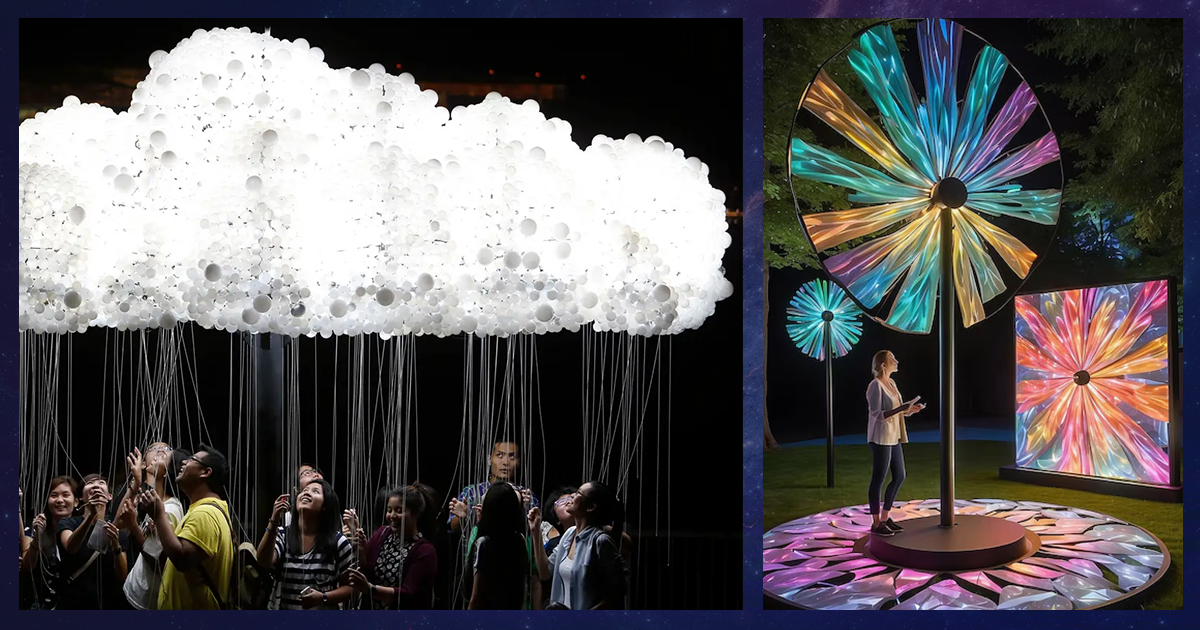
Projection Mapping has refined the way architectural landscapes are used as a medium for storytelling and artistic expression. By utilizing the technique of projecting images onto three-dimensional (3D) surfaces, brands or organizations have the ability to generate visually striking effects that engage people. Projection mapping has fundamentally transformed our perception of art and architecture by animating historical buildings and creating magical realms in urban environments.
Kinetic Architecture has revolutionized architecture by incorporating dynamic movement and active participation. Kinetic design promotes active exploration and engagement with dynamic exteriors and interactive communal spaces. These practical buildings are also considered works of art.
Sensory Environments fully submerge visitors in a comprehensive multi-sensory encounter, actively involving their sense of sight, hearing, touch, and even scent. These artworks have the ability to evoke a feeling of astonishment and reverence, immersing viewers in other realms and evoking distinct emotional states. Sensory settings provide a fully engaging and memorable experience, ranging from interactive sound installations that react to bodily movements to aromatic gardens that elicit memories and emotions.
Immersive Kinetics: A Versatile Tool for Engaging Audiences
Immersive kinetics, or the art of producing dynamic and interactive experiences, has found uses in a variety of industries. Immersive kinetic installations provide a unique and engaging approach to connect with audiences in a variety of situations, including brand activations and educational environments.
- Immersive kinetics can also be advantageous for product introductions. Brands may build enthusiasm and curiosity among consumers by presenting items in a lively and engaging manner. For instance, an interactive and dynamic installation could be employed to showcase the characteristics and advantages of a novel technological product.
- Immersive kinetic displays may enhance corporate events, making them more engaging and memorable for employees. Immersive kinetics can enhance the effectiveness of team-building activities, award ceremonies, and conferences.
- Festivals and exhibitions can utilize immersive dynamics to draw in greater crowds and generate distinctive experiences. By integrating interactive components into cultural events, organizers may provide guests with a more immersive and unforgettable experience.
- By incorporating kinetic features, art installations can be converted into immersive experiences. Artists have the ability to produce interactive artworks that react to the motions of viewers, so encouraging them to actively participate in the artwork.
Example of Kinetic art installation by Damien Beneteau
- The gaming industry has adopted immersive kinetics by utilizing motion sensors and virtual reality (VR) technologies. The technology enables players to physically engage with the game world, resulting in a heightened level of immersion and engagement.
- Virtual Reality (VR) and Augmented Reality (AR) are other examples of immersive kinetics. Virtual Reality (VR) and Augmented Reality (AR) provide users with simulated settings that enable interactive experiences, blurring the boundaries between the physical and digital realms.
- Immersive kinetics can also be advantageous for physical therapy. Therapists can enhance the effectiveness of therapeutic movements by establishing stimulating and inspiring surroundings.
- Immersive kinetics can be employed in educational environments to generate interactive and captivating learning experiences. By integrating tangible components into the educational experience, instructors can enhance the comprehensibility and memorability of intricate ideas.
To summarize, immersive kinetics has a diverse variety of applications in different industries. Immersive kinetics can generate remarkable experiences that engage and motivate audiences by combining technology, design, and human involvement. With the ongoing advancement of immersive kinetics, we may anticipate the emergence of increasingly inventive and captivating installations that challenge the limits of artistic and design possibilities.
Website | LinkedIn | Instagram | YouTube | Facebook



